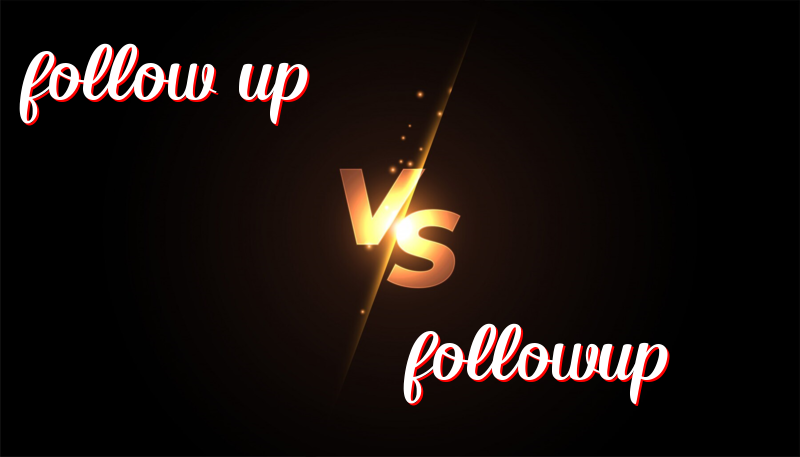Follow-Up vs Followup: Understanding the Difference for Beginners
Follow-Up vs Followup: What’s the Difference?
Do you know what “follow-up” and “followup” mean? These words sound the same, but they are used in different ways. Let’s look at the history, how to use them, and a trick to remember the difference.
History
Both “follow-up” and “followup” come from the words “follow” and “up.” Over time, people started using them in different ways. Now, they mean different things.
How to Use Follow-Up
“Follow-up” with a hyphen is most often used as a noun or an adjective. It describes something that happens after another thing.
- Noun: I had a follow-up with my doctor.
- Noun: The reporter wrote a follow-up story.
- Adjective: We need a follow-up meeting.
- Adjective: The follow-up test is next week.
- Adjective: She made a follow-up call.
Example Sentences with Follow-Up
1. I need a follow-up appointment.
2. The follow-up check was quick.
3. She got the follow-up report.
4. He will have a follow-up visit.
5. They sent a follow-up email.
How to Use Followup
“Followup” without a hyphen is a verb. It means to take action after something else has happened.
- Verb: I will followup with you tomorrow.
- Verb: They need to followup on the project.
- Verb: Can you followup on that task?
- Verb: She will followup with a call.
- Verb: He promised to followup soon.
Example Sentences with Followup
1. Don’t forget to followup with her.
2. Can you followup on your work?
3. He will followup later today.
4. She needs to followup on this issue.
5. They will followup after the meeting.
Trick to Remember the Difference
Here’s a simple trick: if you can add “a” or “the” before it, use “follow-up” with a hyphen. For actions, use “followup” without a hyphen.
Summary
“Follow-up” (with a hyphen) is a noun or an adjective. Use it to name or describe things. “Followup” (without a hyphen) is a verb. Use it to talk about actions. Now, you know the difference!

Leave a Reply
You must be logged in to post a comment.